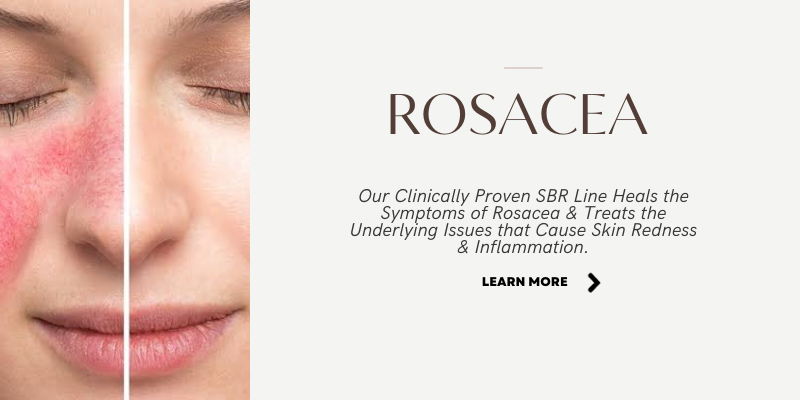Most of us use the terms ‘dry’ and ‘dehydrated’ skin interchangeably. However, there is actually quite a large difference between these two terms. While dry skin is a general attribute of Vata/Pitta Skin, dehydrated skin can be a feature of both Oily/Kapha and Vata/Pitta Complexions. Read on to learn more regarding the differences between dry and dehydrated skin:
What is Dry Skin?
Ayurvedic Skin Care is based on three types of skin doshas – Vata (Dry/Normal), Pitta (Sensitive, Blemished, or Rosacea-prone), and Kapha (Oily Skin). Dry or Vata Skin naturally has a low concentration of oils or lipids. Lipids are naturally produced fats that protect and strengthen the skins’ protective barrier. Thus when your skin doesn’t produce enough lipids, it is exposed easily to environmental damage.
Characteristics of Dry Skin: Appears dry and rough, can be flaky. Prone to wrinkles, crow’s feet, and fine lines. The worst areas of dryness are around the eyes and the mouth area. You may also experience increased redness and irritation and frequent episodes of rosacea, psoriasis and eczema.
Ways to Quench Dry Skin
Both dehydrated and dry skin have some treatments in common. However, our Vata Skin Care line is compounded with both organic and sustainably wildcrafted botanicals to specifically address the requirements of Dry Skin. Moisturization with natural emollients and humectants is the key to quenching dry skin. It includes 5-steps that should be followed 2X times a day.
- Daily Foaming Cleanser
- Daily Hydrator/Toner
- BioScience Peptide Complex
- Rejuv Serum or Collagen Boost Serum
(Follow up with SunProtect SPF 30+ in your morning skin care regimen).
- Eyeline Prevention Oil (Night time) / Aloe Eye Serum (Day time)
Editor’s Pro Tip: Exfoliate your face with Papaya & Honey Exfoliation Mask & Scrub 2-3X times a week for faster cellular regeneration and improve the efficiency of serum treatments.
Follow the Pitta Skin Care line if you have sensitive, rosacea, or blemish-prone skin.
What is Dehydrated Skin?
While dry skin is a skin type that is most often genetically determined, Dehydrated skin is a specific condition attributed to environmental factors (sunburn, arid regions, excessive sweating in the heat and lack of oral hydration). Anyone can experience dehydrated skin due to a lack of water/moisture/humectant in the top layer of the skin. More common in the summer and usually replenished by keeping yourself hydrated, Dehydration is not permanent, and is likely to be reversed through lifestyle choices.
Characteristics of Dehydrated Skin: Looks dull, feels rough and tight, shows accelerated signs of aging like deep wrinkles and fine lines. Dehydrated kapha complexions can appear oilier. Acne, deep dark circles, and puffy eyes may also be the signs of dehydrated skin.
Try the ‘Pinch Test’ – To determine if your skin is dehydrated, try pinching your cheeks. If it takes a few moment to bounce back, your skin is likely dehydrated.
Ways to Restore Dehydrated Skin
Topical application of powerful humectants like Hyaluronic Acid, Cold-pressed Organic Oils, CoQ10, Honey, Cirrus or Aloe Vera extract can help restore dehydrated skin in no time. Depending upon your dosha type, you can choose your personalized skin regimen to not only help restore dehydrated skin but also make it bright, healthy-looking, younger, and more flawless in the long run.
Those with dehydrated skin should properly exfoliate to effectively remove sebum build-up, reduce chances of acne, speed up skin cellular turnover and improve brightness.



